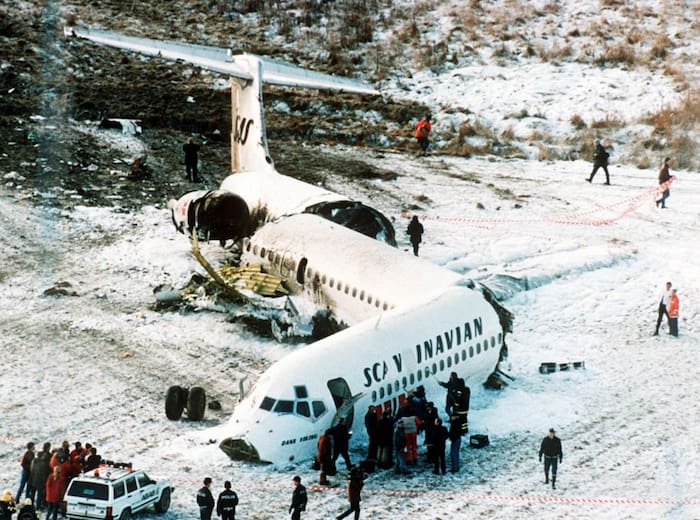Research

Federal Aviation Administration
Client
The Human Contribution to Safety and Risk Mitigation in Commercial Aviation

Advances in aviation technology and changes to operating procedures over the past few decades have contributed significantly to the remarkable level of safety in commercial aviation. Still, human pilots continue to play a vital role in risk mitigation. The goal of this project was to develop a better understanding of the safety contributions made by individual pilots and flight crews both during routine day-to-day operations and in the context of mishaps. Unique human capabilities and the margin of safety provided by a second crewmember were explored. Accidents that did not result in the worst possible outcome, thanks to some intervention by the flight crew, were studied. Finally, edge and corner cases were highlighted that will likely require the presence of human pilots for the foreseeable future. The research focused exclusively on commercial transport category airplanes and operations (Part 121) for which the greatest safety rigor is demanded.
As part of this effort, we also identified important knowledge gaps in safety research and management as well as system development. These relate to the need for more empirical data on resilient behavior in daily commercial transport operations as well as single-pilot and reduced-crew operations, improved pilot training, and the development of more capable and transparent flight deck technologies.
Findings from this work were compiled into a final report and submitted to the FAA:
Sarter, N., Panesar, K., & Bhardwaj, A. (2023). The Contributions of Human Operators to Safety and Risk Mitigation: Implications for Crew Complements and Automation/Autonomy Levels in Commercial Transport Operations (Final Report DOT/FAA/TC-22/40). Federal Aviation Administration. https://doi.org/kzxh.